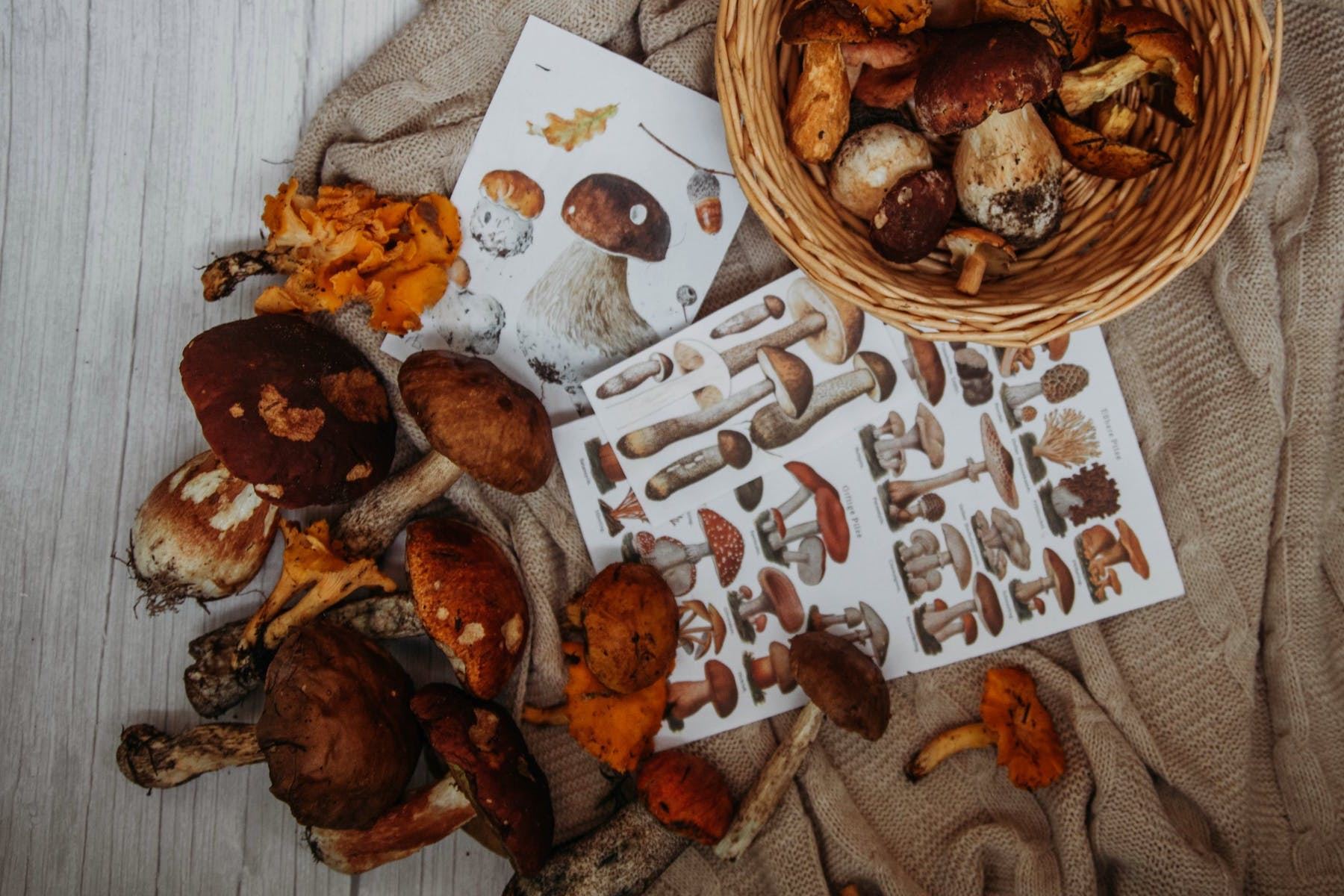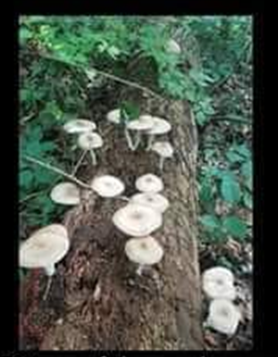Alabama Mushroom Society |
SO YOU WANT TO GET YOUR MUSHROOM IDENTIFIED? 
How to use the community to get startedThe online community is a wealth of resources, often more up-to-date than printed materials. We would like to provide information so that you can maximize the benefit of the web for identification purposes. We'll discuss the use of three categories of information - keys, observation management, and social media. To Start:The best place to start is with a detailed observation. Since some details become more or less important depending on the type of fungus, we want to capture as many of these details as possible and the best way to do so is with high quality photos. |

Photographing Fungi, A critical skill

In Situ ("in the original place") Take a picture of the fungus where it's growing, feel free to move forest detritus such as leaves, dirt, etc. Try to capture as much of the fungus as you can in this picture. If you have multiple samples, try and capture several angles at once as in this photo. |
Snap a photo, as clear and in-focus as you can (be patient and get that focus!) of the cap from above. | Spore Bearing Surface
Those gills/pores are critical, snap a good photo that shows both the color, features such as short/forking gills, differences in color around the margin (edge) of the cap), and especially how the gills attach to the stipe (stem). |
Stipe The shape, color, and texture of the stipe can be important, be sure to focus in here and capture as much as you can. If there is a ring/skirt (annulus), make sure it's included in detail! You may notice that the texture or width of the stipe (stem) changes from the base (basal) to the top (apical) region. | Base The mushrooms may have erupted from an egg-like sac (volva) or a bulbous base. The color of the mycelium can be an important indicator, especially for distinguishing species within a genus. This will also help determine how multiple fruit-bodies are connected, if at all. Regardless, always dig a bit around the base to expose it all and snap a picture. | Lighting
Try to use indirect natural light to capture colors in their truest hues. Artificial lights have a large influence on the colors captures by a camera. You can see how striking of a difference a flash (right image) can make compared to the overhead incandescent light used in the left image. |
Field Observations
Tree Associations Nearby trees (conifers, hardwoods, specific species??) If they are within falling distance of the mushroom, they could be intimately related, so take note. Furthermore, many saprobes that eat away at dead/dying wood have favorite associations. | Name That Smell The smell of several mushrooms are important identifiers, take a note of what you smell, if anything. Use this smell-wheel to get you started! This image was generated by Rob Hallock | Use a knife, stick, or anything you can to bruise a hash into the flesh on the stipe (stem), hymenium (spore-bearing surface such as gills or pores), and pileus (cap). You will be looking for bruising, exuding of latex/milk, or any other reaction. Make a note of these and check back over several minutes and even a couple hours later to see if the original color has changed further. |
Slice It Bisect (slice in half, lengthwise) a sample mushroom and take photos. This will determine everything from gill/pore length to bruising/bleeding, and reveal internal structures such as a hollow stipe. | Taste n' Spit The taste of many mushrooms is an important identifying characteristic, especially for taxonomic Families Boletaceae and Russulaceae. While any mushroom can be handled, and even tasted safely, we do not suggest tasting anything you think may be toxic (don't bother tasting Amanita, it won't help IDs). | The color of the spore-print is one of those classic identifying characteristics that can quickly help bring you to an identification by narrowing the possibilities. Place the cap of the fungus with the spore-bearing surface down onto a material which will highlight the potential color of the spore-print (glass is ideal, foil is good, and white/black paper is often good). Place a glass/bowl/tupperware over the cap and leave undisturbed for an hour to overnight. Most fungi will drop their spores in this higher humidity environment. |
Keys

Updated and Modern Print Having access to printed materials is one of the best options, especially modern and up-to-date reference material with clear dichotomous keys that are simple to follow. If you can find regional guides, all the better! | MushroomExpert.com A slightly dated, but fantastic online resource is Mushroomexpert.com, curated by Michael Kuo. This is a good place to key fungi, though it's not a complete repository by any means. |
MycoKey This key is quite dated, but another online resource that can still help you get closer to an ID. | The Bolete Filter A filter for getting to a small handful of IDs specifically for Family Boletaceae. This tool is not perfect, but is a great place to start. |
Observation Management and social media

Social Media Social media is a repository of images and information. Some of the best fungi identifiers on the planet are right there (many are active in our very own local Facebook group!). Be aware that most groups have different rules which are often posted. | Mushroom Observer Mushroom Observer is an observation based webpage specific to fungi and has a wealth of detailed information including up-to-date scientific names with lists of depreciated names (not common names). Unfortunately this platform does not have an app, but you can still use your phone's web-browser to interact with it. | iNaturalist iNaturalist is an observation based webpage with accompanying app that allows for the documentation of almost any find in nature. The app comes with an 'AI' that helps to narrow down ID options, but this technology is not quite ready for the nuances of fungal identification. Regardless, the greater community can alter the identification of your observation in order to refine the ID. |



 Cap
Cap








.png/:/rs=w:600,h:300,cg:true,m/cr=w:600,h:300)
.png/:/rs=w:600,h:300,cg:true,m/cr=w:600,h:300)
.png/:/rs=w:600,h:300,cg:true,m/cr=w:600,h:300)

